Historically, few people have become professors before the age of 40, and on average, the age at which most scientists become professors is 55. However, the people on the list below all started their careers as professors when they were still in their teens.
Not only are these the youngest professors ever, but they are also some of the greatest minds in the STEM (Science, Technology, Engineering and Mathematics) field and have made countless contributions to their fields of research.
1. Alia Sabur (born 1989)
In 2008, at the age of 18, Alia Sabur became a professor in the Department of Advanced Technology Integration at Konkuk University in Seoul, South Korea. This made her the youngest professor in history, as recognized by the Guinness World Records. Additionally, Sabur is one of the youngest university graduates ever.
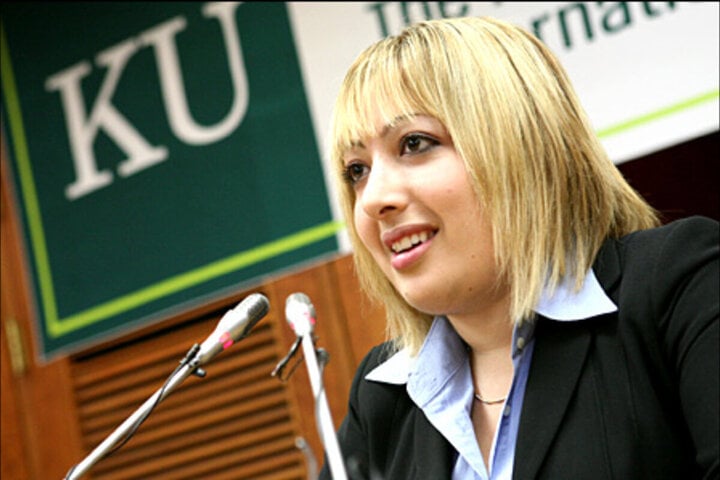
Professor Alia Sabur. (Photo: 7days)
Like all the other young professors on this list, Sabur was a child prodigy, showing signs of intelligence from an early age. Alia Sabur learned to read at the age of eight months. Since then, Sabur has been on a journey of education, earning a master’s degree in Materials Science and Engineering at just 17 years old.
Although Sabur taught at Konkuk for only a year, she found great success there. She left school altogether and became an intellectual property attorney. In a 2015 interview, Sabur said she was working for the United States Patent and Trademark Office.
Outside of school, Alia Sabur enjoys playing the clarinet and taekwondo. She performs as principal clarinetist with the New York Youth Symphony Orchestra, and also holds a black belt in taekwondo.
2. Colin Maclaurin (Born 1698 – Died 1746)
Before Alia Sabur broke the record for youngest professor in history in 2008, Colin Maclaurin held the record for youngest professor in the world for 291 years. At just 19 years old, he became a professor of Mathematics at Marischal College, University of Aberdeen.
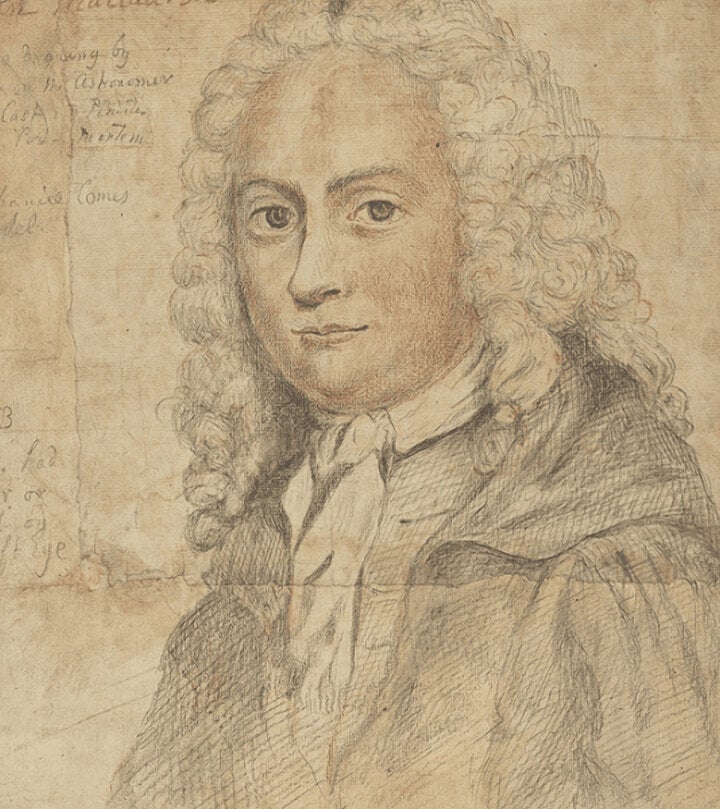
Professor Colin Maclaurin. (Photo: Wikimedia Commons)
Achieving the title of professor after only 10 days of examinations - Maclaurin proved himself to be the most knowledgeable in advanced Mathematics.
Maclaurin was a child prodigy and entered the University of Glasgow at the age of 11. While at university, Maclaurin studied Latin, Greek, logic, moral philosophy, natural philosophy and mathematics. He graduated with an MA (Master of Social Sciences) three years later.
During his lifetime, Maclaurin made many contributions to mathematics that are still in use today. In his two-volume Treatise on Flux, Maclaurin gave a detailed discussion of infinite series, including the special case of Taylor series functions named after him.
Two years after becoming a professor, Colin Maclaurin befriended Isaac Newton, who was so impressed with his work that he offered Colin Maclaurin a position as a professor of mathematics at the University of Edinburgh. Maclaurin's work raised the school's reputation so much that Isaac Newton offered to pay him personally.
3. Erik Demaine (born 1981)
Erik Demaine has been a professor of computer science at the Massachusetts Institute of Technology (MIT) for over 20 years. While that may sound like a no-brainer, Demaine actually started his career when he was just 20 years old.
MIT also honored Demaine as the youngest professor in the school's history.
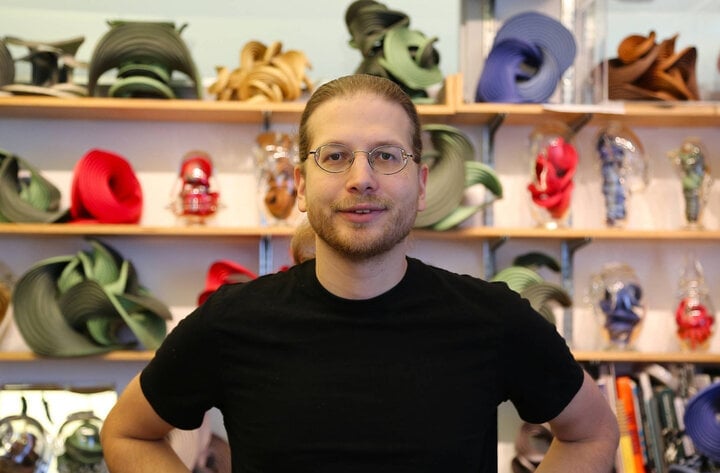
Professor Erik Demaine. (Photo: Getty)
Demaine was considered a prodigy by the age of seven, but his family took an unconventional approach to his education. Instead of enrolling Demaine in rigorous classes and extracurricular activities, he traveled across North America with his father, opting to be homeschooled until he started college at age 12.
He graduated from Dalhousie University at the age of 14 and completed his PhD at the University of Waterloo, shortly before becoming a professor at MIT.
4. Charles Homer Haskins (Born 1870 – Died 1937)
Charles Homer Haskins was born a child prodigy. Before the age of 10, Haskins was fluent in Greek and Latin.
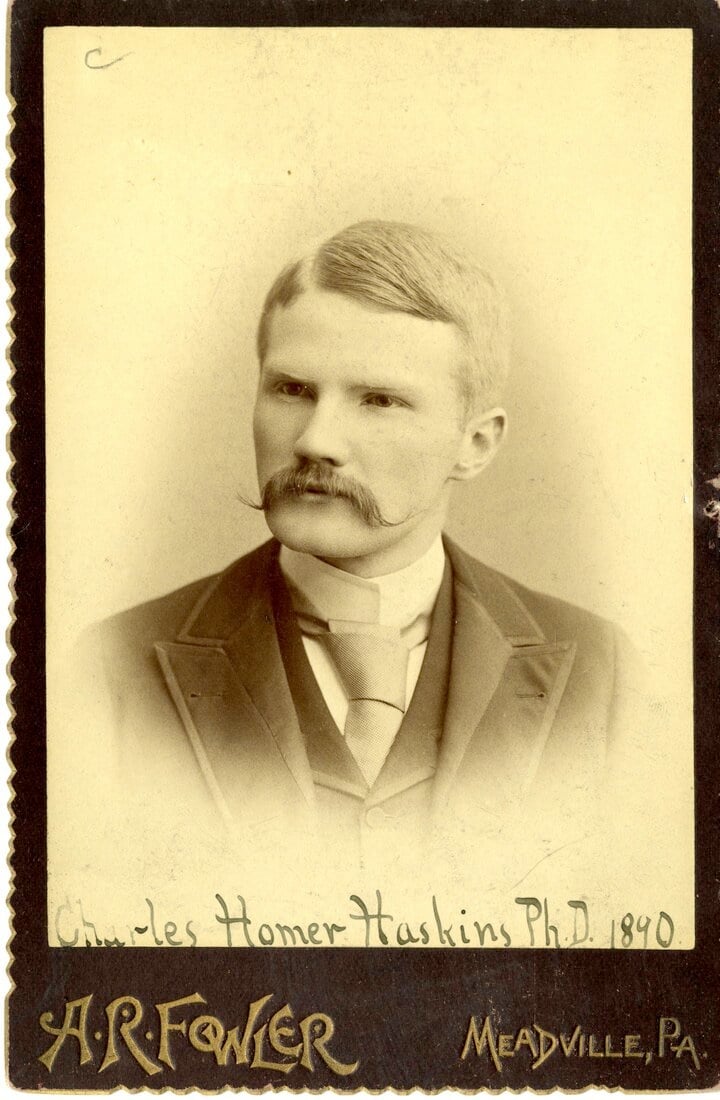
Professor Charles Homer Haskins. (Photo: jscholarship.library)
While pursuing his doctorate at Johns Hopkins University, he also taught at the school, at the age of just 19.
Soon after earning his doctorate, Haskins was hired as a lecturer at the University of Wisconsin. At the age of 20, he became a full-time professor and eventually became the chair of the school's European History Department.
In 1902, Haskins moved to Harvard University, where he created the graduate study program that is still used today. Haskins worked at Harvard until 1931, just a few years before his death.
5. Terence Tao (born 1975)
Terence Tao (also known as Terry Tao) is a famous name in the field of Mathematics. Tao showed extraordinary mathematical ability from a young age and started taking university-level mathematics courses at the age of 9.
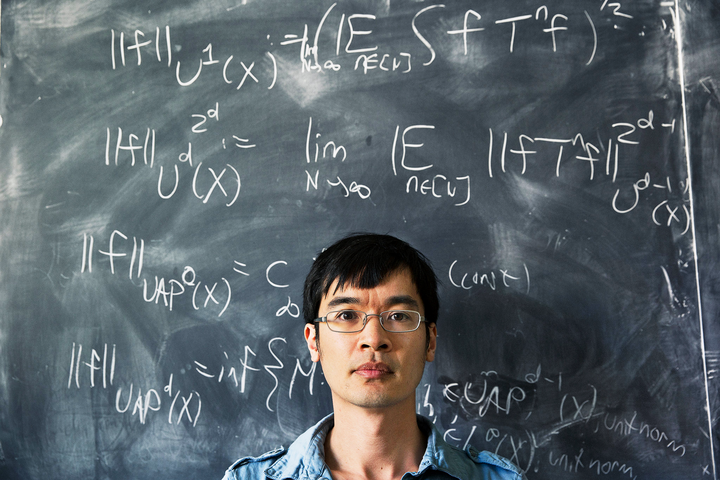
Professor Terence Tao. (Photo: Graeme Mitchell/The New York Times)
His mathematical studies continued and by the age of 16, Tao had received his bachelor's and master's degrees from Flinders University. In 1992, Tao won a Fulbright Postgraduate Scholarship to study mathematics at Princeton University in the United States. Tao received his PhD and became a professor in 1996 at the age of 21.
Later that year, Tao taught at the University of California, Los Angeles (UCLA) and was promoted to professor. UCLA said that Tao was the youngest professor in the university's history.
Tao continues to teach mathematics at UCLA, while continuing his mathematical research through collaborations with other mathematicians. His work often receives attention in the mainstream scientific press.
Source









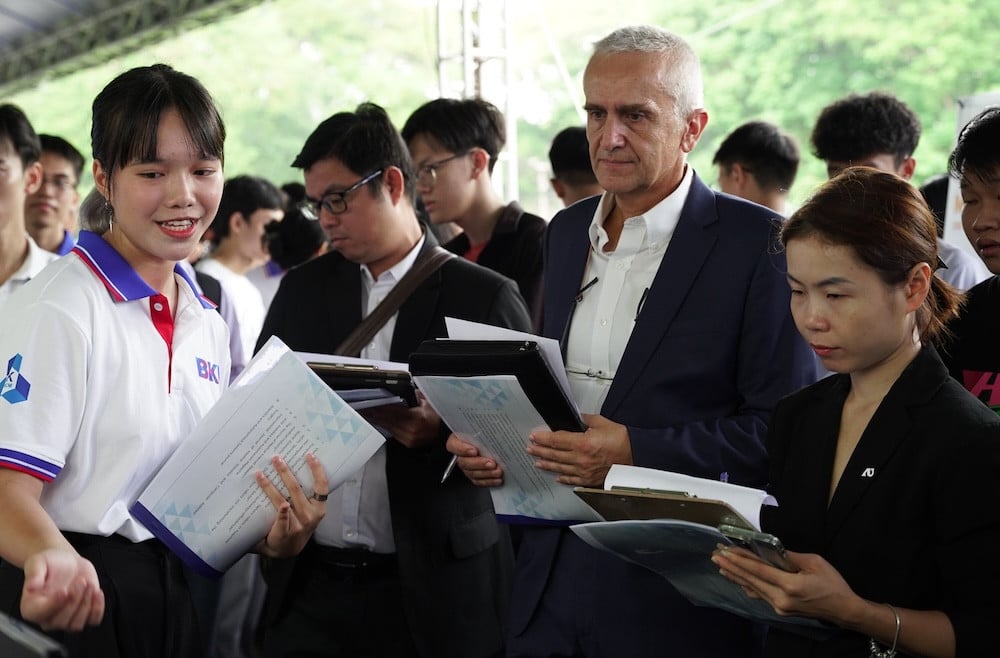

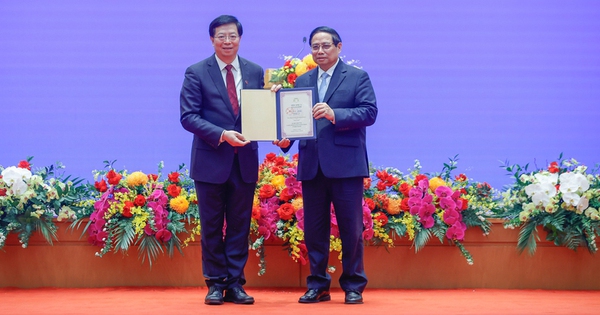

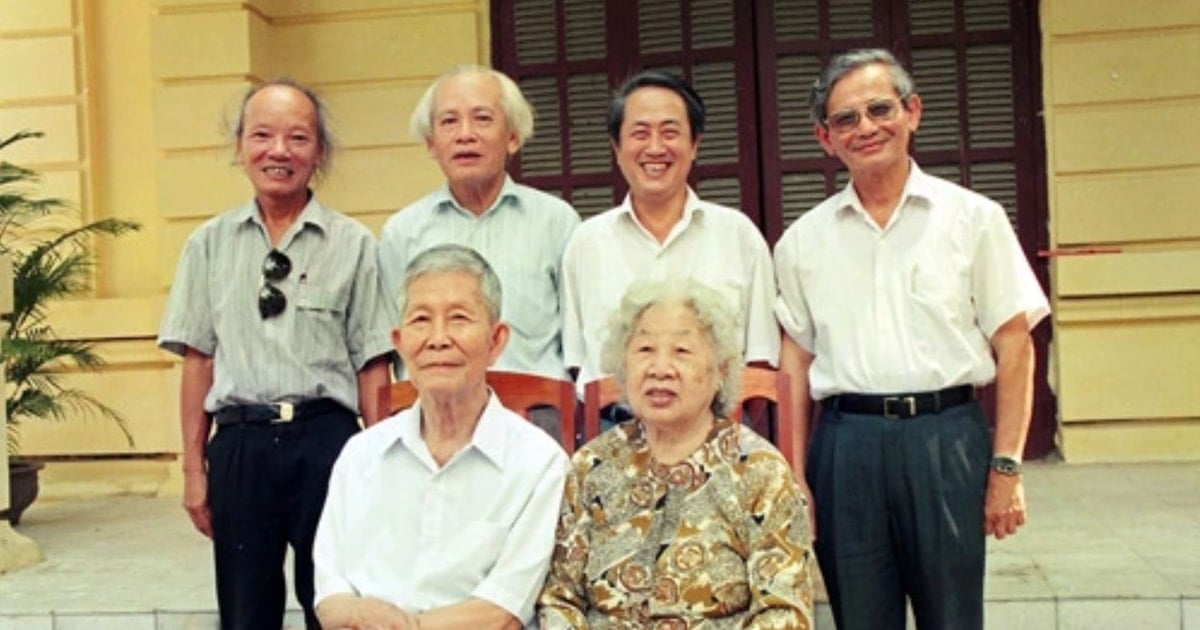

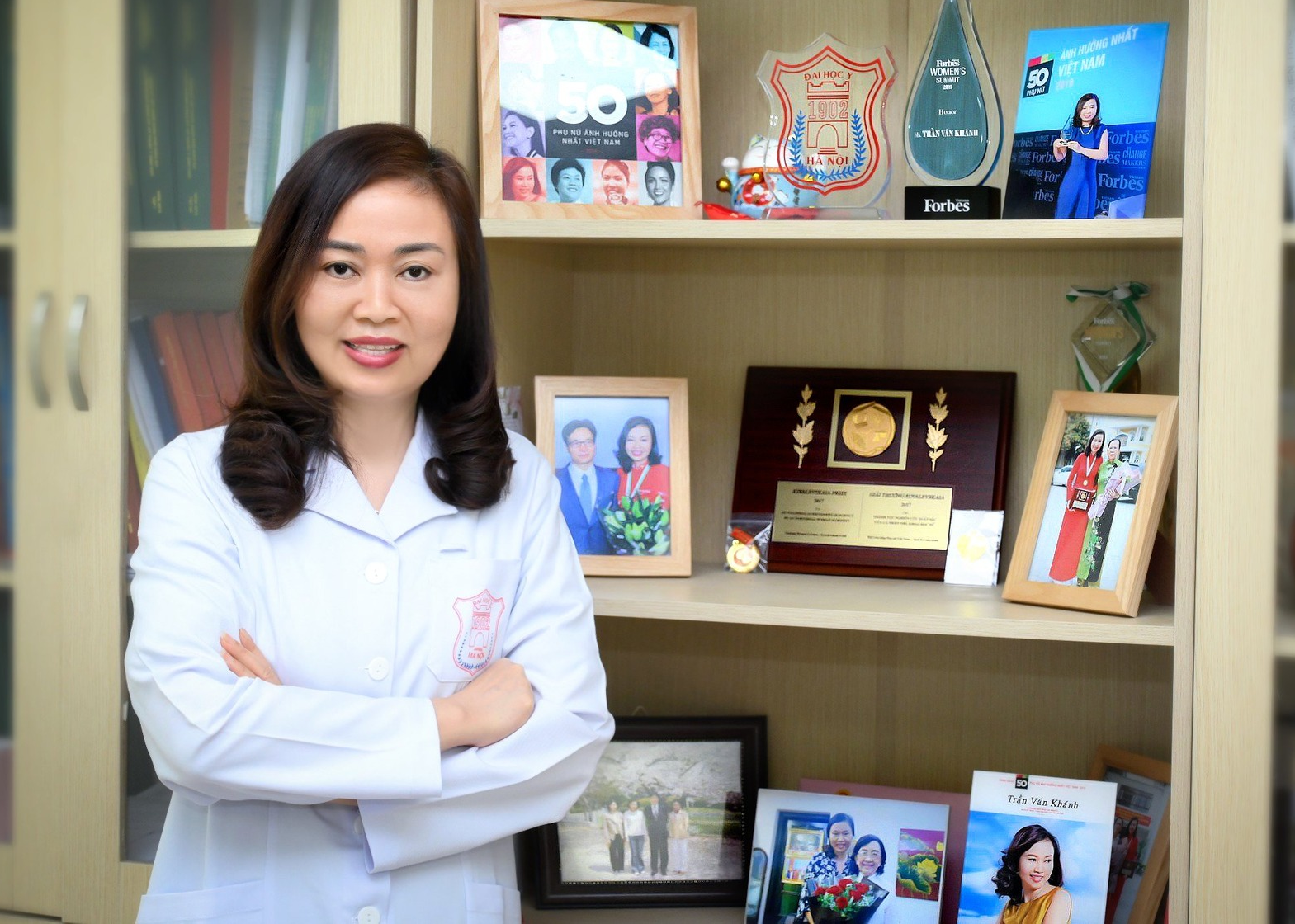
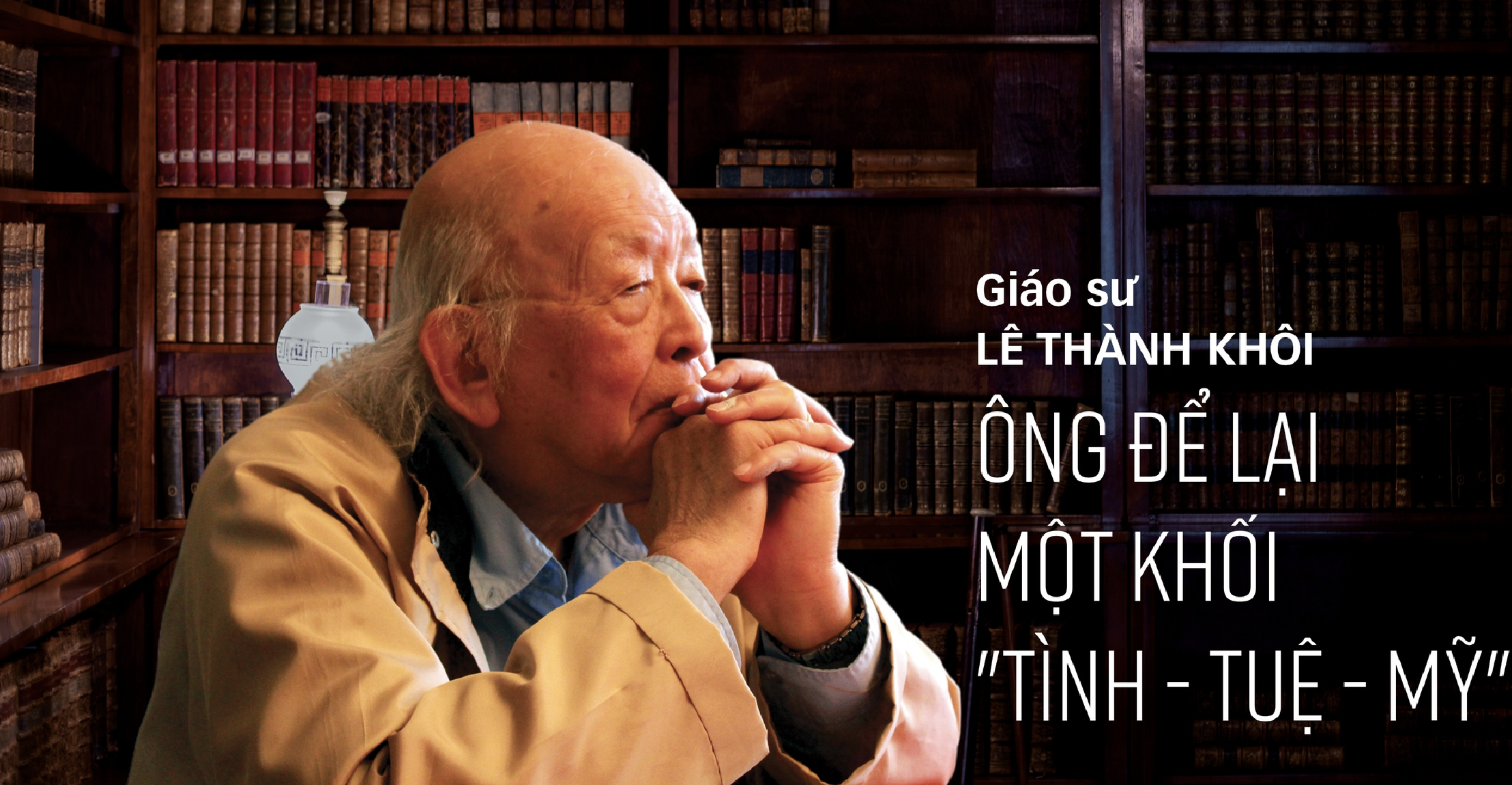


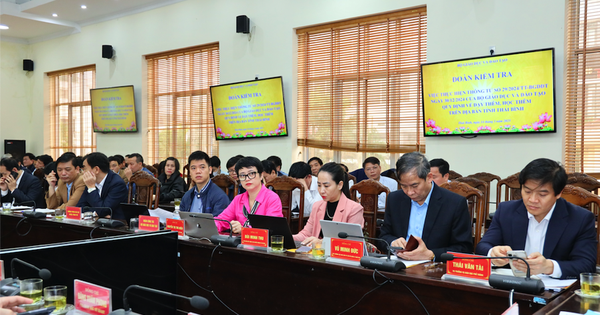

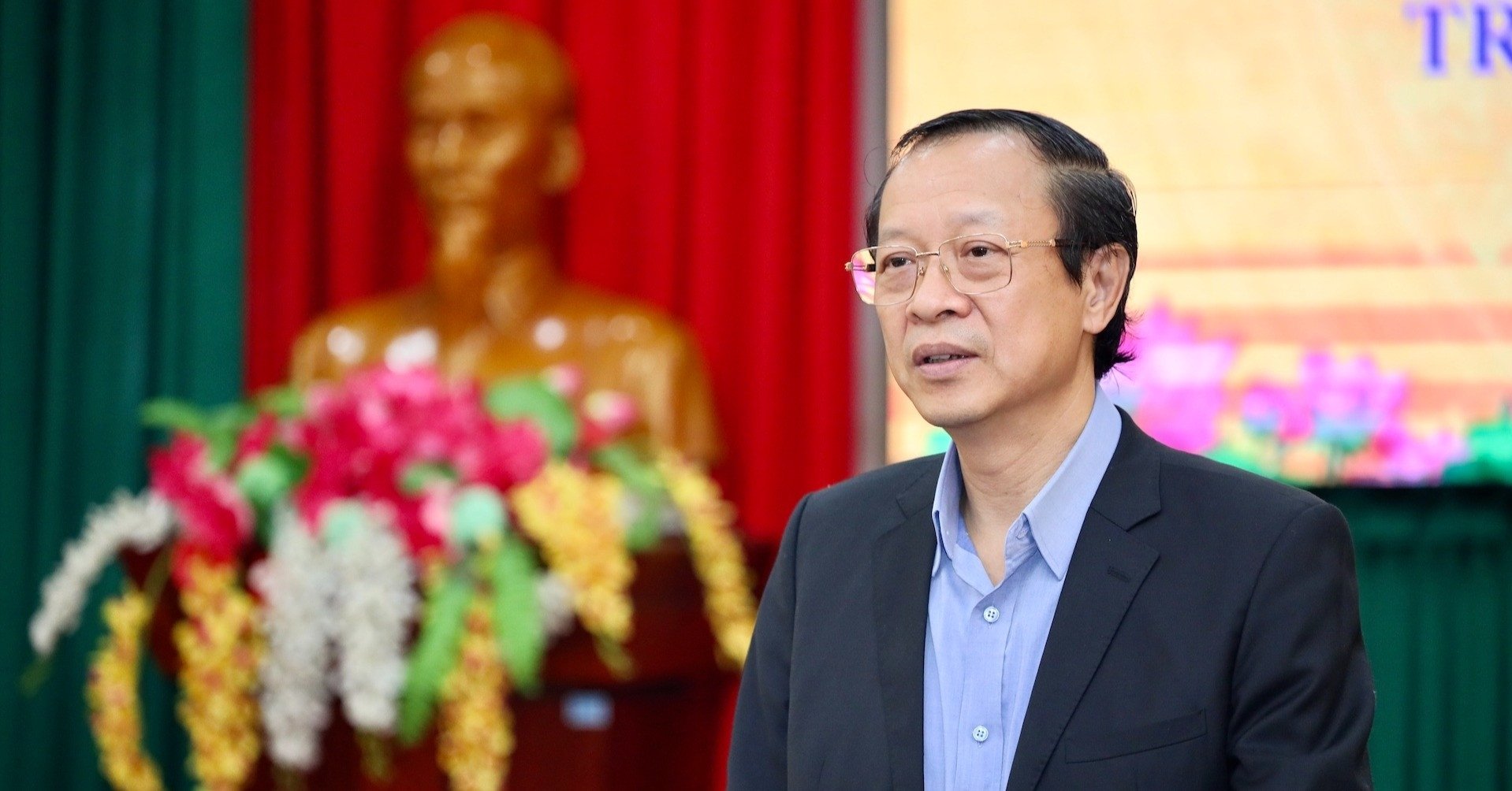



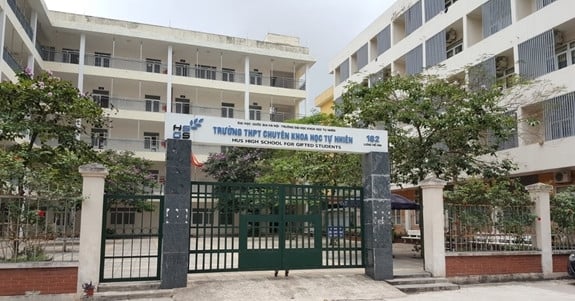
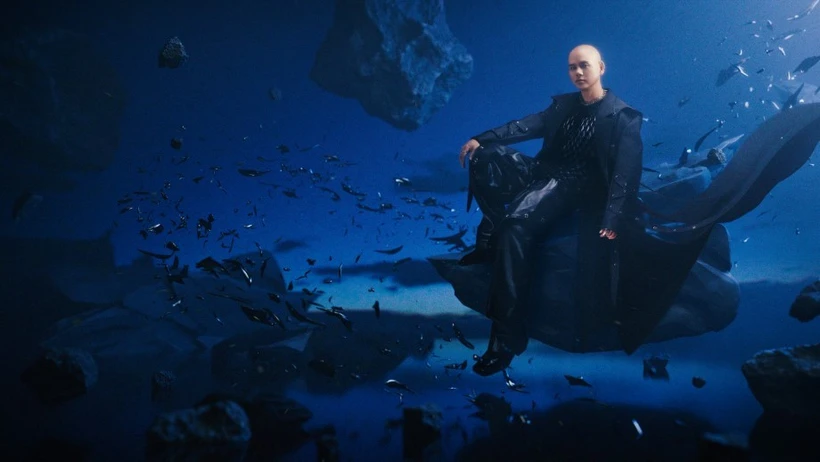




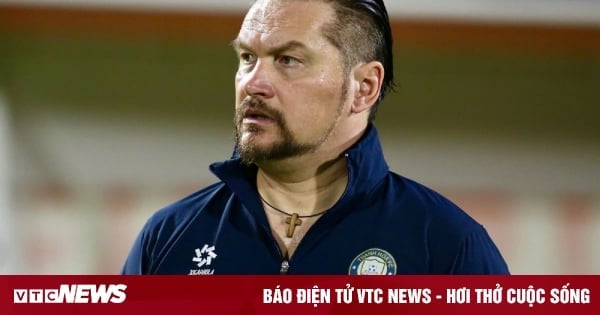















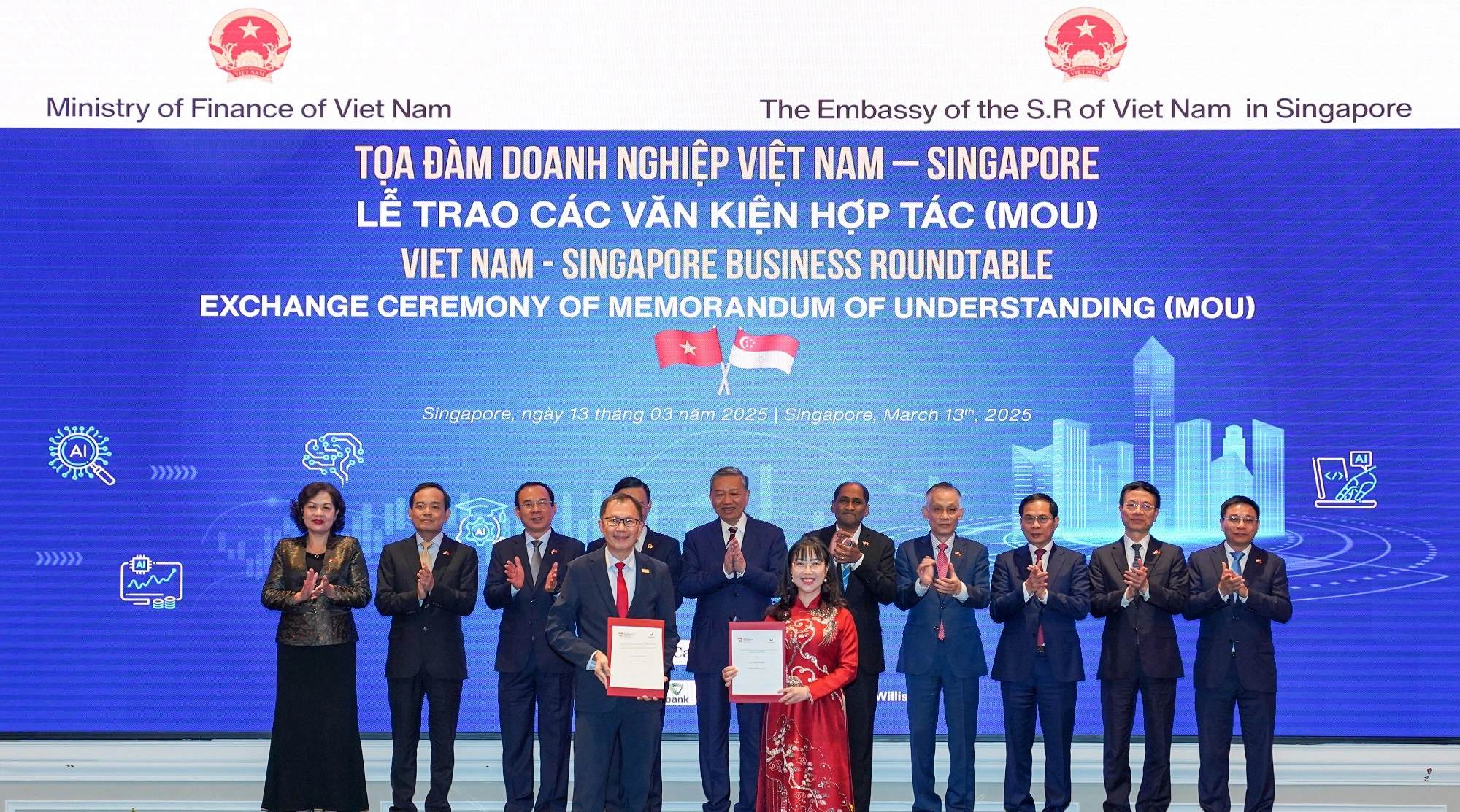

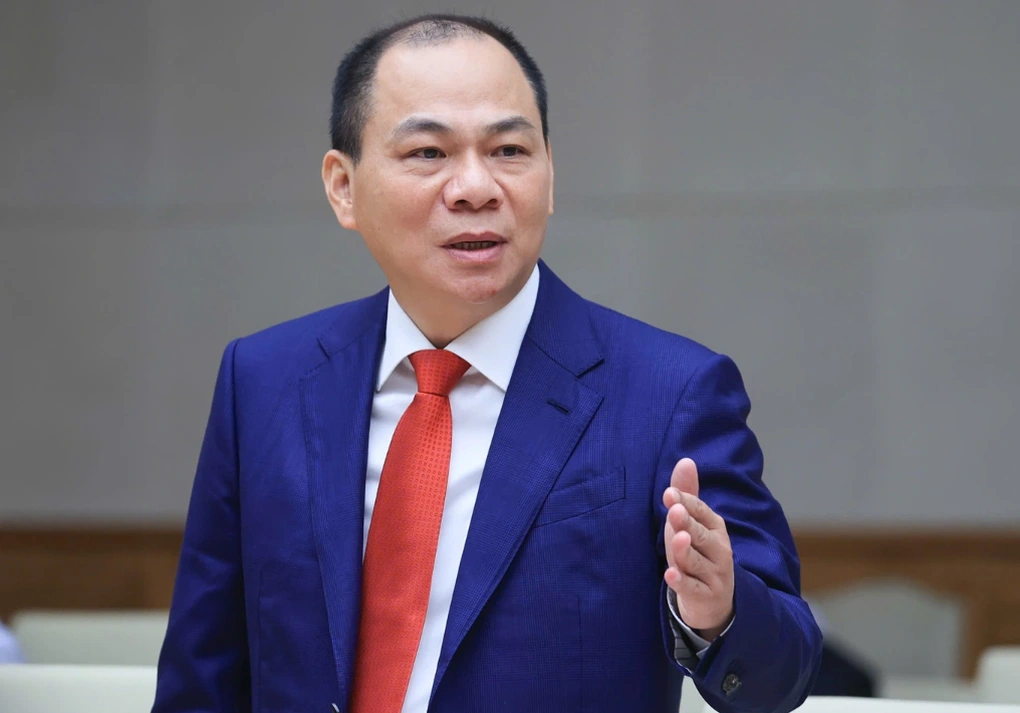

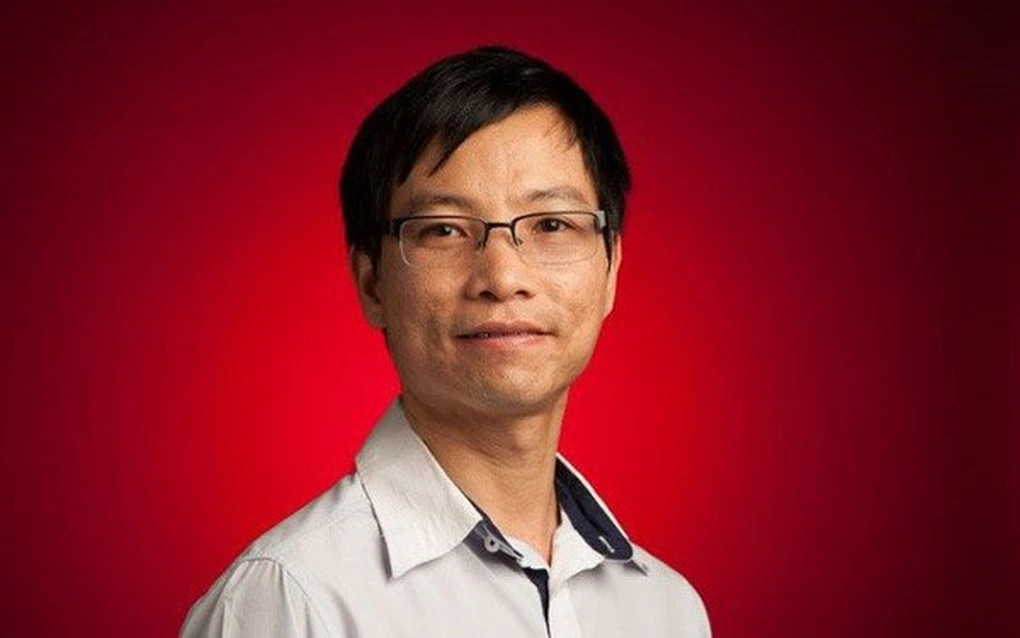














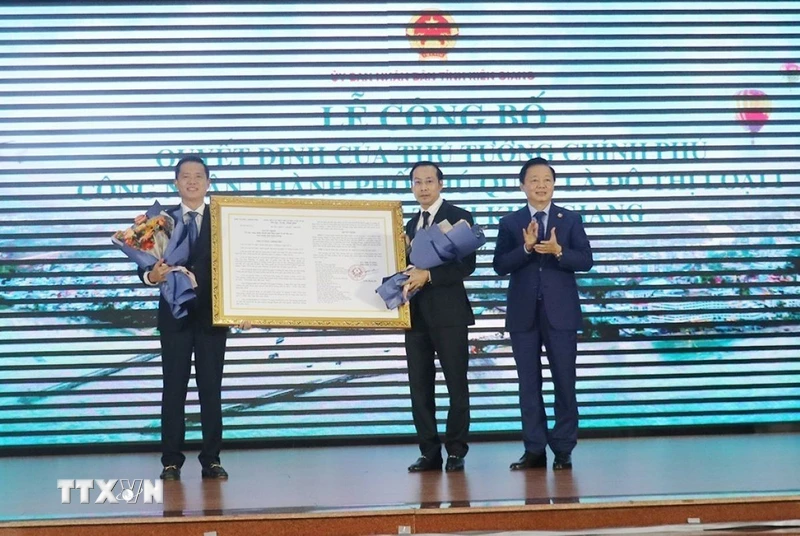












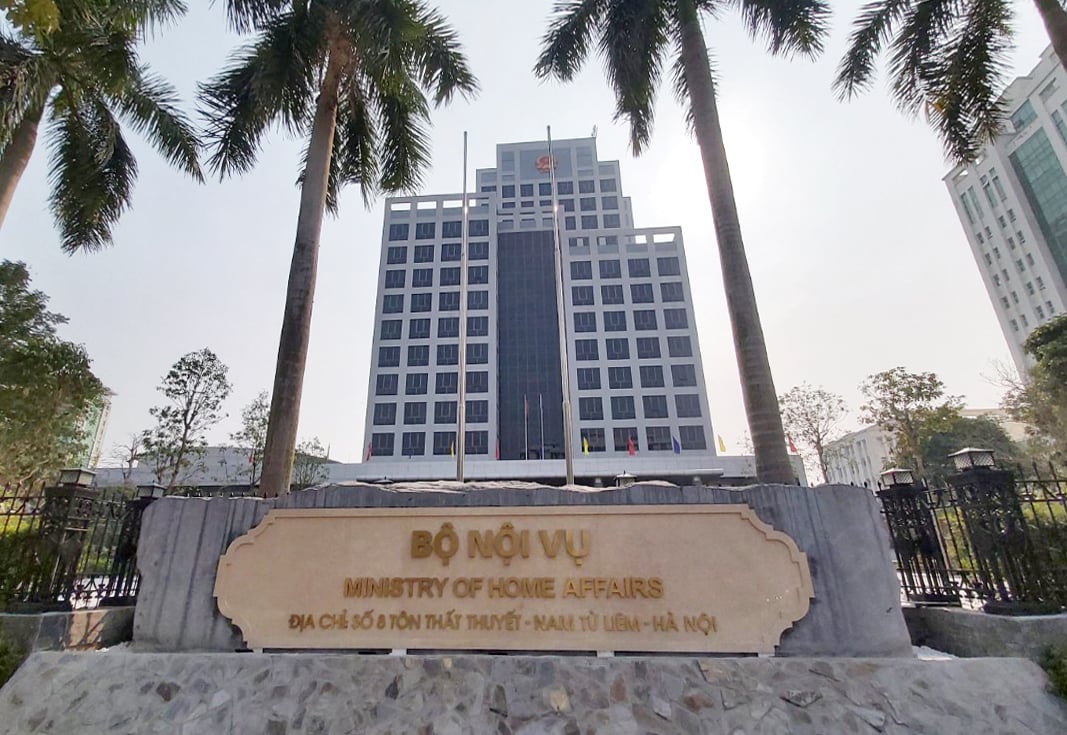

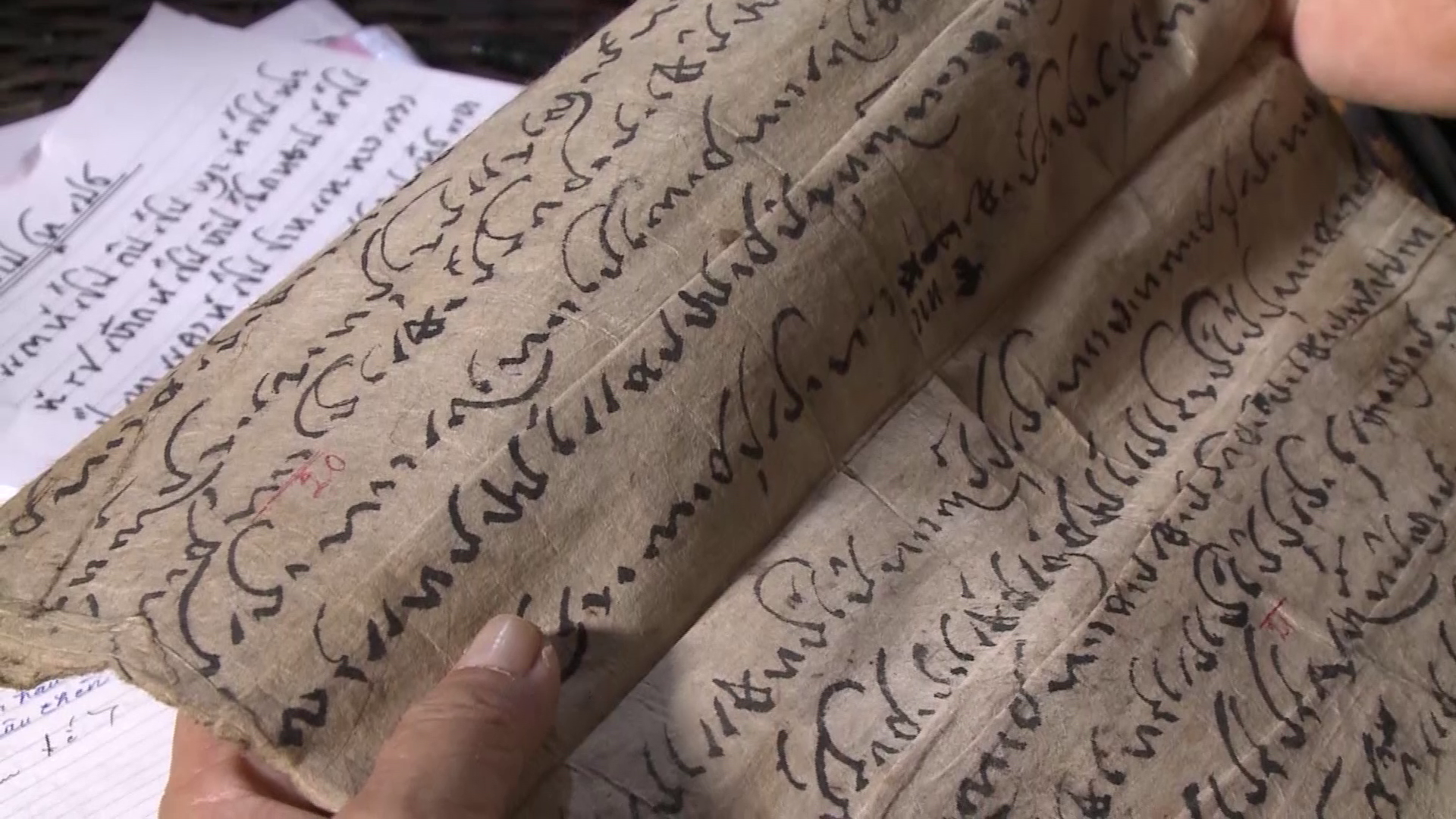












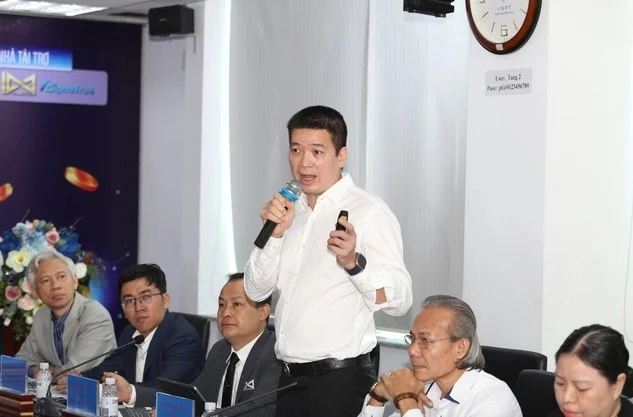
Comment (0)